Disclosure: This article contains affiliate links. We may earn a commission from purchases at no extra cost to you, which helps our travel content.
Shanghai presents a fascinating dichotomy of engineering marvels—where centuries-old traditional structures stand in the shadow of some of humanity's most ambitious modern architectural achievements. As someone who has documented historical structures across five continents, I find Shanghai's technical narrative particularly compelling. The city represents humanity's perpetual drive to build higher, faster, and more efficiently while maintaining connections to cultural foundations. This carefully calibrated 48-hour itinerary will help couples navigate Shanghai's most significant landmarks while experiencing the authentic pulse of this remarkable metropolis.
Day 1 Morning: The Bund & Urban Planning Exhibition
Begin your Shanghai experience with a structural engineering masterclass along the Bund promenade. Arrive by 7:30 AM to observe the remarkable juxtaposition of early 20th-century European-influenced buildings against the futuristic Pudong skyline across the Huangpu River. The technical contrast is striking—Art Deco and Neoclassical load-bearing masonry structures on one side, and on the other, contemporary supertall skyscrapers utilizing advanced core-and-outrigger structural systems.
After breakfast at one of the riverside cafés, proceed to the Shanghai Urban Planning Exhibition Center in People's Square. The 1:500 scale model of central Shanghai occupies the third floor and provides an exceptional overview of the city's layout—I spent nearly two hours analyzing its intricate details during my last visit. The exhibition chronicles Shanghai's remarkable transformation from fishing village to global metropolis, with particular emphasis on the engineering challenges overcome during its rapid vertical expansion in the 1990s and 2000s.
Document your observations in a quality travel journal. I've found sketching structural details helps commit them to memory far better than digital photographs alone.
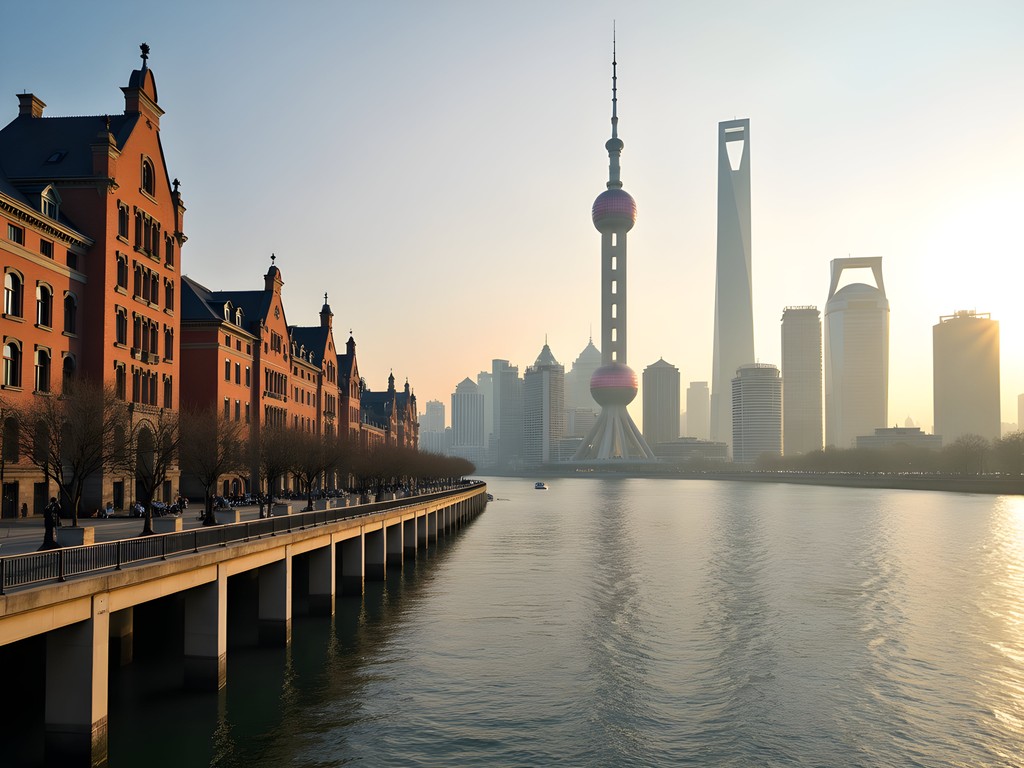
💡 Pro Tips
- Visit the Bund before 9 AM to avoid crowds and capture optimal lighting conditions for photography
- The Urban Planning Exhibition Center offers English audio guides worth the additional 40 RMB
- Look for the interactive displays showing how Shanghai's supertall buildings manage wind loads and seismic forces
Day 1 Afternoon: Shanghai Tower & French Concession
After lunch, cross the river to Pudong via the Bund Sightseeing Tunnel—a kitschy but efficient transportation option. Your destination: Shanghai Tower, a 632-meter marvel of sustainable design and structural engineering. As someone who has studied vertical structures extensively, I can attest that this is perhaps the most technically impressive skyscraper currently standing. Its double-skin facade and 120-degree twist significantly reduce wind loads, while the building's 106 Mitsubishi elevators include the world's fastest, traveling at 20.5 meters per second.
Purchase tickets to the observation deck on the 118th floor for unparalleled views of the metropolitan area. I recommend bringing a compact binoculars to examine distant architectural details that would otherwise be missed.
As afternoon transitions to evening, take the metro to the Former French Concession. This district offers a completely different structural typology—low-rise lane houses and Art Deco villas shaded by London plane trees. The area's historical significance extends beyond its architecture; it was a hub for revolutionary activity during the early 20th century. Wander along Wukang Road to observe how traditional Chinese courtyard housing principles were adapted to Western architectural styles, creating the distinctive shikumen houses unique to Shanghai.
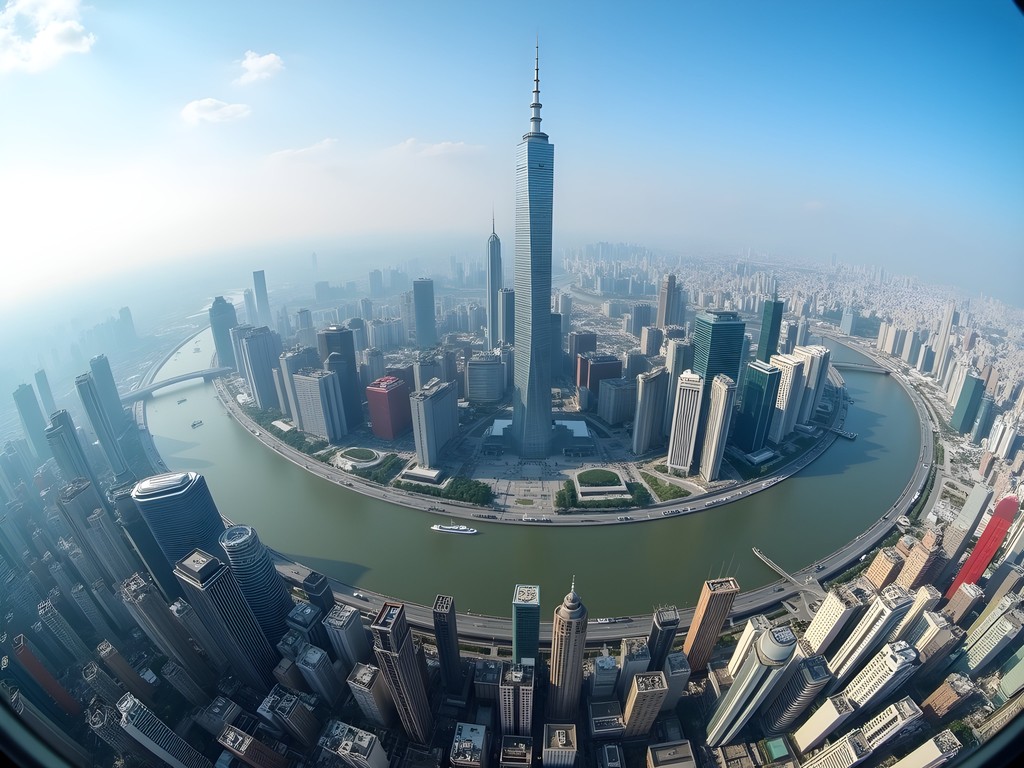
💡 Pro Tips
- Book Shanghai Tower observation deck tickets online to avoid queues, particularly on weekends
- Visit during clear weather for optimal visibility from the observation deck
- In the French Concession, look for the subtle architectural details that reveal buildings' original purposes, from former dance halls to revolutionary meeting places
Day 1 Evening: Dinner & The Waterfront
For dinner, I recommend experiencing one of Shanghai's distinctive culinary traditions: xiaolongbao (soup dumplings). Din Tai Fung offers a refined version of this engineering marvel of gastronomy—the structural integrity of the wrapper maintaining a perfect seal around the soup is genuinely impressive from a materials perspective. While purists might prefer more traditional establishments, Din Tai Fung provides consistent quality and English menus that make the experience accessible for first-time visitors.
After dinner, take a leisurely stroll along the redeveloped Cool Docks area near the South Bund. This district exemplifies adaptive reuse of industrial infrastructure—19th-century warehouses have been transformed into restaurants, galleries, and boutiques while maintaining their structural integrity and historical character. The waterfront promenade offers excellent nighttime views of the illuminated Pudong skyline, a spectacular display of architectural lighting design that emphasizes the structural elements of each tower.
Capture these dramatic nighttime scenes with a compact tripod and slow shutter speeds. The reflections on the Huangpu River create particularly compelling compositions when photographed from the Cool Docks vantage point.
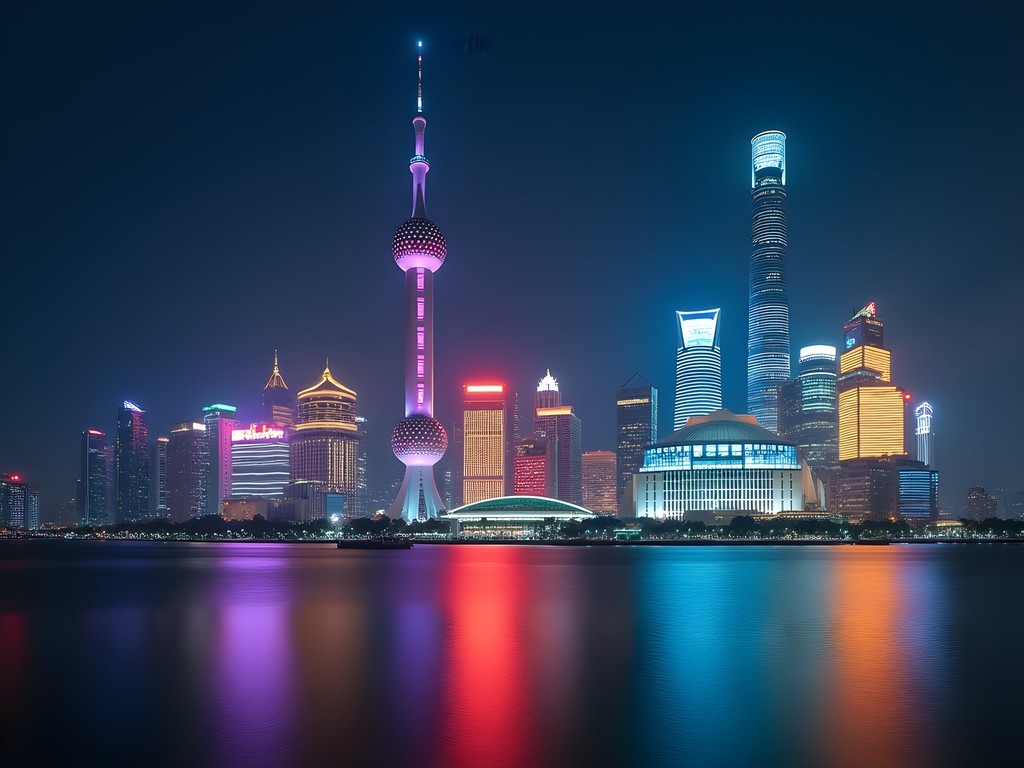
💡 Pro Tips
- When eating xiaolongbao, the proper technique is to place the dumpling on your spoon, bite a small hole to release steam, then consume the soup before eating the wrapper
- The Cool Docks area is less crowded than the Bund but offers equally impressive views of the Pudong skyline
- Building illumination typically ends at 10:30 PM, so plan your evening photography accordingly
Day 2 Morning: Yu Garden & Old City
Begin your second day with an early visit to Yu Garden, an exceptional example of Ming Dynasty landscape engineering constructed between 1559 and 1577. As with many classical Chinese gardens, Yu Garden employs sophisticated principles of forced perspective and carefully calculated sight lines to create the illusion of expansive space within relatively confined boundaries. The garden's most famous structure—the Mid-Lake Pavilion teahouse accessible by the zigzag bridge—demonstrates how traditional Chinese engineers used water features as both aesthetic elements and defensive measures.
The adjacent Old City bazaar, while undeniably commercial, offers insights into traditional Chinese timber-frame construction techniques. Look beyond the souvenir shops to observe the structural systems of the buildings themselves—many feature traditional mortise and tenon joinery that has withstood centuries of use without mechanical fasteners.
For documenting architectural details, I rely on my mirrorless camera with a versatile zoom lens. The garden's intricate roof brackets and stone carvings reward close examination and documentation.
Before leaving the area, visit the nearby Chenghuang Temple, which showcases traditional Chinese bracketing systems used to transfer roof loads to supporting columns—an ingenious structural solution that has proven remarkably resilient to seismic events over centuries.

💡 Pro Tips
- Arrive at Yu Garden when it opens at 8:30 AM to avoid tour groups that typically arrive after 10 AM
- Look for the dragon walls and study how their undulating forms were constructed using specialized masonry techniques
- The Old City shops often negotiate prices; expect to pay 40-60% of the initial asking price for most items
Day 2 Afternoon: Shanghai Science & Technology Museum and Maglev Experience
After lunch, take the metro to the Shanghai Science and Technology Museum, which offers an excellent overview of China's technological achievements throughout history. The Ancient Chinese Science and Technology Gallery is particularly noteworthy, documenting innovations in structural engineering, hydraulics, and mechanical systems that predated similar developments in the West by centuries.
The museum's architecture itself merits analysis—its massive cantilevered roof and extensive use of tensile structures demonstrate contemporary Chinese approaches to large-span construction. Plan approximately two hours for your visit, focusing on the exhibits most relevant to your interests.
From the museum, it's a short metro ride to the Longyang Road Station, where you can experience the Shanghai Maglev Train—the world's first commercial high-speed magnetic levitation line. As an engineer, I find this transportation system fascinating; it achieves speeds up to 430 km/h using electromagnetic suspension rather than conventional wheel-rail mechanics. The seven-minute journey to Pudong International Airport provides a brief but exhilarating demonstration of this technology.
For those interested in the technical aspects of magnetic levitation, I recommend bringing a travel guidebook that includes diagrams explaining the maglev's propulsion system. Understanding the principles behind the technology enhances appreciation of the experience significantly.
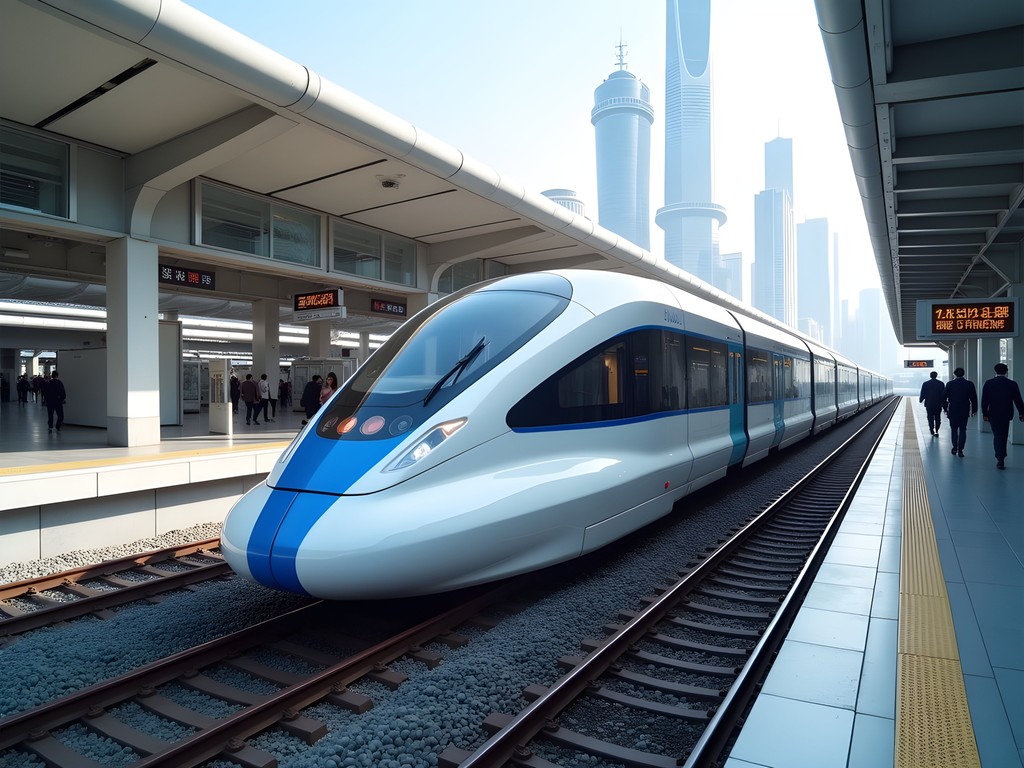
💡 Pro Tips
- The Science Museum offers free English audio guides with your ticket purchase
- For the best maglev experience, travel between 3-4:30 PM when trains typically run at maximum speed
- Sit on the right side of the maglev train for the best view of the speedometer display
Day 2 Evening: Xintiandi & Farewell Dinner
For your final evening in Shanghai, visit Xintiandi, an exemplary case study in adaptive reuse of traditional shikumen architecture. This pedestrian district demonstrates how historical structures can be preserved while accommodating contemporary functions—the original load-bearing walls and structural elements have been maintained while interiors have been reconfigured for modern commercial use.
The area offers numerous dining options for your farewell dinner. I recommend Lost Heaven for sophisticated Yunnan cuisine in an atmospheric setting. Their multi-story restaurant occupies a renovated traditional building and showcases how historical structures can be sensitively adapted to contemporary needs while maintaining structural integrity.
After dinner, take a final evening walk through the nearby Taipingqiao Park, where the juxtaposition of water features, greenery, and illuminated high-rises creates a quintessentially Shanghai landscape. The park's design incorporates traditional Chinese garden principles within a thoroughly modern urban context.
Document your observations using a travel notebook to record technical details and personal impressions. I've maintained such journals for decades and find them invaluable for preserving both factual information and subjective experiences.
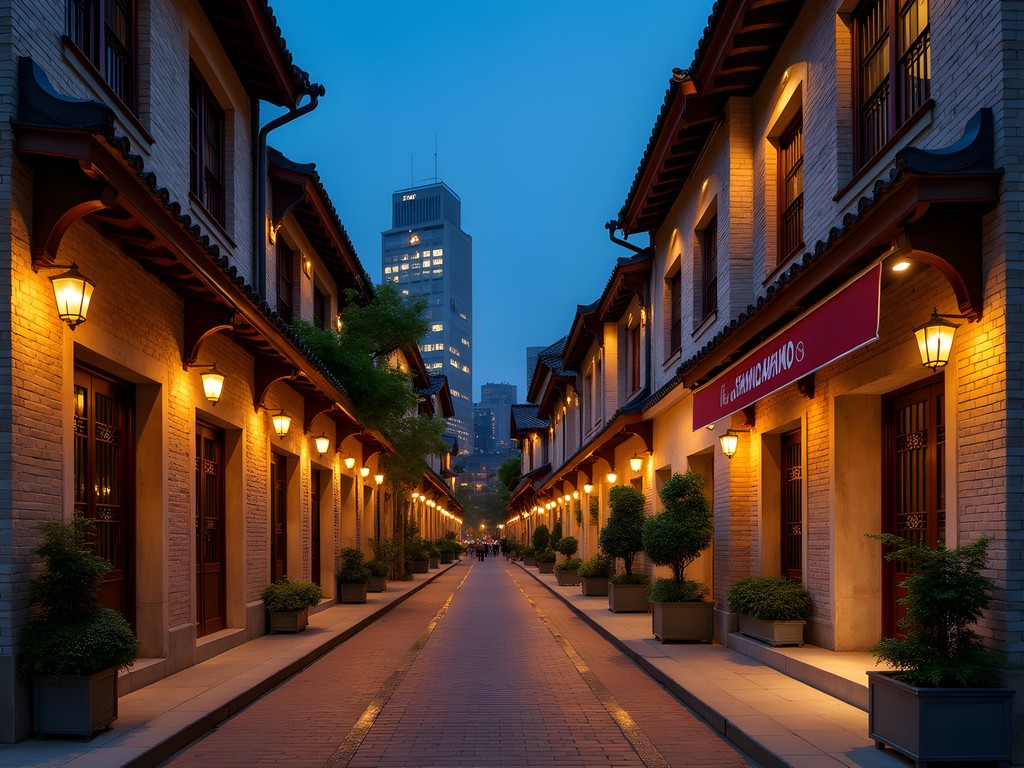
💡 Pro Tips
- Xintiandi becomes quite crowded in evenings; reservations are essential for dinner, particularly on weekends
- Look for the small museum within Xintiandi that explains shikumen architecture and the area's preservation
- Several buildings feature glass floors revealing archaeological remains beneath—don't miss these technical exhibits
Final Thoughts
This 48-hour itinerary merely scratches the surface of Shanghai's technical and cultural complexity. The city represents an unparalleled laboratory for studying the evolution of structural engineering across multiple centuries—from the sophisticated wooden joinery of Ming Dynasty gardens to the advanced composite materials of contemporary supertall skyscrapers. What makes Shanghai particularly fascinating from an engineering perspective is not merely the individual structures, but how these diverse technical approaches coexist and interact within a single urban ecosystem.
As someone who has documented historical structures worldwide, I find Shanghai's preservation efforts especially noteworthy. Rather than erasing its past in pursuit of modernization, the city has largely succeeded in integrating historical buildings into its contemporary urban fabric, creating a dialogue between traditional and innovative construction methodologies.
For couples visiting Shanghai, the city offers a perfect balance of technical interest and aesthetic pleasure. Whether you're analyzing the load paths in a traditional garden pavilion or marveling at the aerodynamic form of Shanghai Tower, the city rewards curious minds and provides endless opportunities for shared discovery. I encourage you to use this itinerary as a framework, but allow yourselves time for spontaneous exploration—some of Shanghai's most remarkable technical achievements lie hidden in plain sight, waiting for observant visitors to appreciate their ingenuity.
✨ Key Takeaways
- Shanghai offers an unparalleled opportunity to observe the evolution of structural engineering across multiple centuries in a single urban setting
- Early morning and evening visits to major attractions provide the best experience with fewer crowds
- The city's technical achievements extend beyond architecture to include transportation, urban planning, and adaptive reuse of historical structures
📋 Practical Information
Best Time to Visit
March to May or September to November
Budget Estimate
$150-250 per day for a couple (mid-range)
Recommended Duration
Minimum 48 hours, ideally 3-4 days
Difficulty Level
Easy


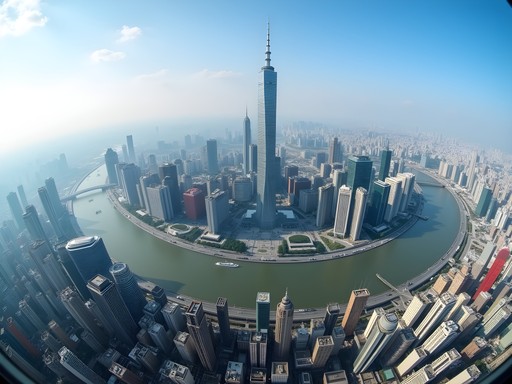
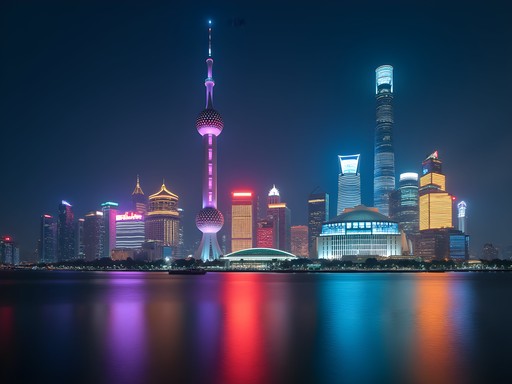
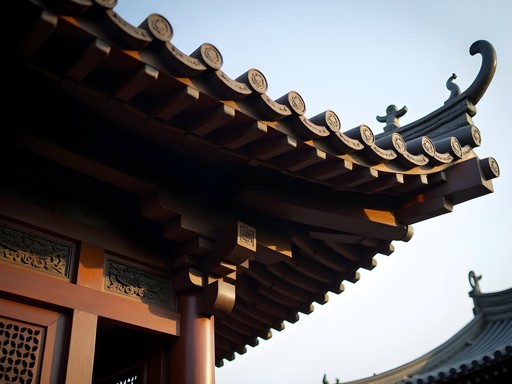
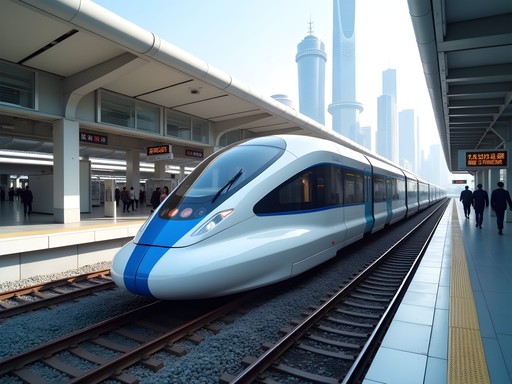
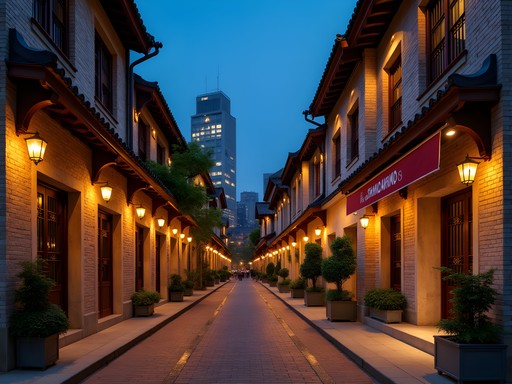



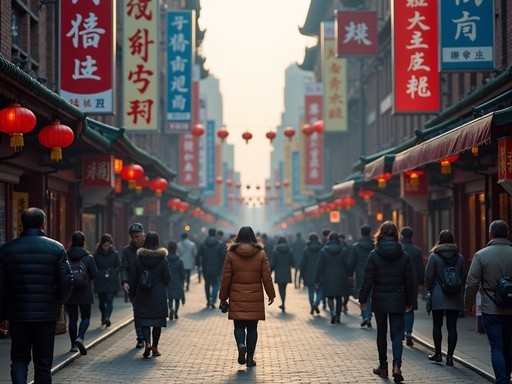

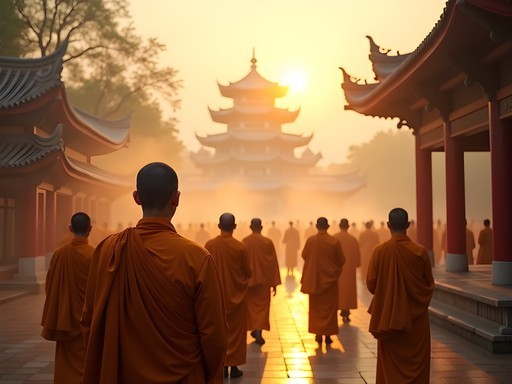

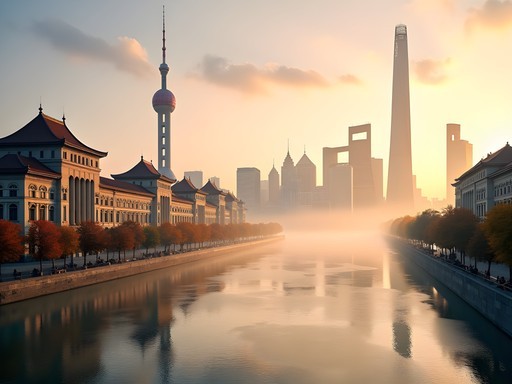
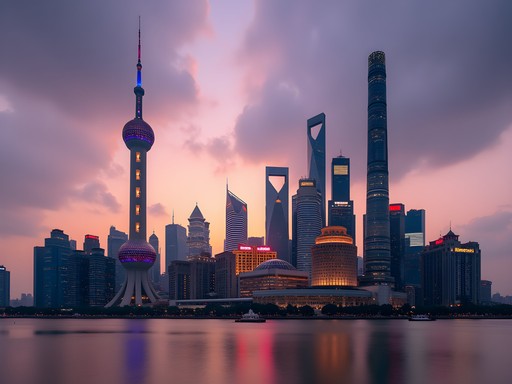
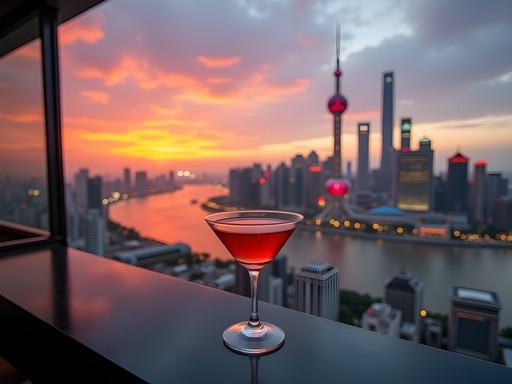
Comments
adventurerider
If you have extra time, definitely check out Tianzifang in the French Concession. It's this maze of narrow alleyways with tiny shops and food stalls. Way more authentic than the touristy spots and great for unique souvenirs.
wavebackpacker
Is it easy to get to from the metro?
adventurerider
Super easy! Take Line 9 to Dapuqiao Station, Exit 1. It's like a 2-minute walk from there.
TravelingEngineer
As someone who works in architecture, I really appreciated the emphasis on Shanghai's engineering marvels. The Urban Planning Exhibition Center was a highlight of my trip last year - the scale model of the entire city is mind-blowing! One thing I'd add to this itinerary is to take the tourist tunnel under the Huangpu River between the Bund and Pudong. It's touristy and a bit cheesy with the light show, but it's a fun experience and gives you a different perspective on crossing between old and new Shanghai.
oceanqueen
The tunnel is so bizarre but I loved it! Perfect Shanghai experience.
photomood
That night shot of Pudong from the Bund is absolutely stunning! What camera settings did you use?
wanderlust_emma
That night shot of the Pudong skyline is incredible! What camera settings did you use?
Frank Carter
Fantastic post, Astrid! I was in Shanghai last spring and would add that the contrast between Pudong's futuristic skyline and the traditional shikumen architecture in places like Tianzifang is what makes Shanghai so special. One tip I'd add: consider taking the Bund Sightseeing Tunnel to cross between Pudong and the Bund. It's touristy and a bit cheesy with its light show, but it's a unique experience! I also found my pocket translator invaluable for communicating with locals outside tourist areas. The city feels like living in the future while simultaneously stepping into the past - that's what makes Shanghai unforgettable.
exploreguide
Any recommendations for where to get the best xiaolongbao? Planning my trip for January and food is my priority!
Frank Carter
You absolutely must try Jia Jia Tang Bao near Yu Garden - locals line up there daily. Get there early! For a more upscale experience, Din Tai Fung in Xintiandi is reliable. Just be careful with those soup dumplings - the burn is real! I learned the hard way on my first trip and spent the rest of the day with a scalded tongue. 😅
Timothy Jenkins
Brilliant itinerary, Astrid! I'd add that the metro system in Shanghai is incredibly efficient and has English signage everywhere - perfect for first-timers. When I visited last year, I found getting a WeChat account set up before arriving was invaluable for payments and navigating. Also, the view from the Shanghai Tower is worth every yuan, but if you're on a budget, the Jin Mao Tower observation deck is cheaper and still offers spectacular views. The contrast between the Old City and Pudong's futuristic skyline never fails to amaze me!
exploreguide
Is the metro easy to navigate with luggage? Arriving at Hongqiao and wondering if I should just grab a taxi to my hotel in the French Concession.
Timothy Jenkins
The metro has good accessibility, but during rush hour it can be a nightmare with luggage. For Hongqiao to French Concession, I'd recommend a DiDi (Chinese Uber) - much less hassle and reasonably priced!
moonzone
Going to Shanghai in November! Is the weather still decent then or should I pack heavy winter clothes? Also wondering if Yu Garden gets super crowded on weekends?
Timothy Jenkins
November in Shanghai can be quite chilly (10-15°C) with occasional rain, so I'd definitely pack layers. Yu Garden is always busy on weekends, but if you go early (before 9am) you can avoid the worst crowds. The morning light there is spectacular for photos too!
moonzone
Thanks for the tips! Early morning it is then. Can't wait to see that morning light!
cityblogger
This itinerary is perfect! The Bund at sunset is absolutely magical.
firsttimeflyer
Going there next month! How crowded is Yu Garden usually? Worth getting there early?
oceanqueen
Definitely go early! It gets packed by 10am, especially on weekends.
firsttimeflyer
Thanks for the tip! Will plan to be there when they open.
Venture X
Premium card with 2X miles, $300 travel credit, Priority Pass